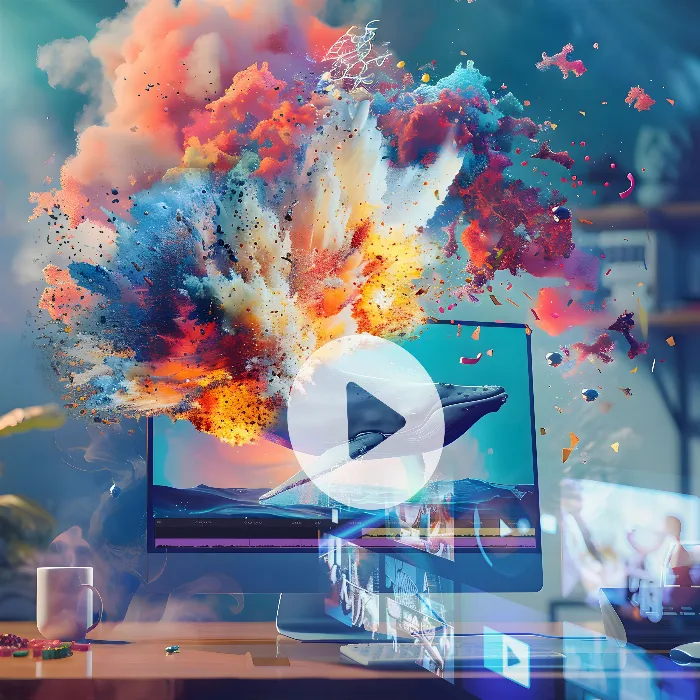In this tutorial, we will focus on the key insights from the previous lessons and dedicate ourselves to a practical task to deepen our learning. You have already learned about various tools and methods that enable you to create exciting AI-powered videos. Now it's up to you to put your knowledge into practice and realize your own projects.
Key Insights
- You have learned what a Google Colab Notebook is, how it works, and what possibilities it offers you.
- You can create Deep Fakes, put your face on other faces, and even generate cool videos with Rap Fusion.
- In addition to these impressive techniques, you have also learned about smaller tools that can help you refine and creatively design your videos.
Step-by-Step Guide
Now it's time to apply what you've learned. Let's go through the process step by step.
Step 1: Open Google Colab Notebook
First, you need to open a Google Colab Notebook. Go to the Google Colab website, sign in with your Google account, and choose an existing notebook or create a new one.
Step 2: Choose a Suitable Project
Choose a project that you enjoy. You have the opportunity to express your ideas in different formats, whether it's creating a Deep Fake or putting together an entertaining music video. Choose a theme that inspires and motivates you to bring it to life.
Step 3: Use Necessary Tools
Use the tools you have learned in the previous lessons. For example, use a Face Swap Tool that allows you to swap faces. You should also include the libraries and scripts in your Google Colab Notebook that you need, which could involve using TensorFlow or similar tools.
Step 4: Experiment and Be Creative
Now is the time to get creative. Experiment with different assets and techniques. Try out different images and music. The process of learning involves experimentation, so don't hesitate to try something different.
Step 5: Implementation and Testing
After implementing your ideas, test your project. Review the results and consider if you want to make any adjustments. Sometimes it can be helpful to seek feedback from others to improve the quality of your work.
Step 6: Sharing Your Work
Once you are satisfied with your project, share it with others. This can be done through social media or video platforms. It's always a great way to showcase creative works and receive feedback from the community.
Step 7: Reflection and Development
Reflect on what you have learned. Think about areas where you want to further improve and how you can apply your knowledge in future projects. Learning is an ongoing process, so it's important to actively process what you have learned.
Summary - Creating AI Videos: Step-by-Step Guide to Practical Implementation
You now have a step-by-step guide to implementing the skills you have learned. Use each step to get creative and develop your own AI videos. Remember that the learning process is just as important as the end result.
Frequently Asked Questions
What is a Google Colab Notebook?A Google Colab Notebook is a cloud-based platform that allows you to run Python code, analyze data, and easily apply machine learning.
Can I create Deep Fakes with Google Colab?Yes, Google Colab provides the necessary tools and libraries to create Deep Fakes.
How can I share my project with others?You can share your project through social media or video platforms to receive feedback and showcase your work.
Do I need programming knowledge to use Google Colab?A basic understanding of Python is helpful, but not necessarily required to implement simple projects.
Could I work on other projects after completing this tutorial?Yes, you can apply what you have learned to many different projects and continue experimenting.


